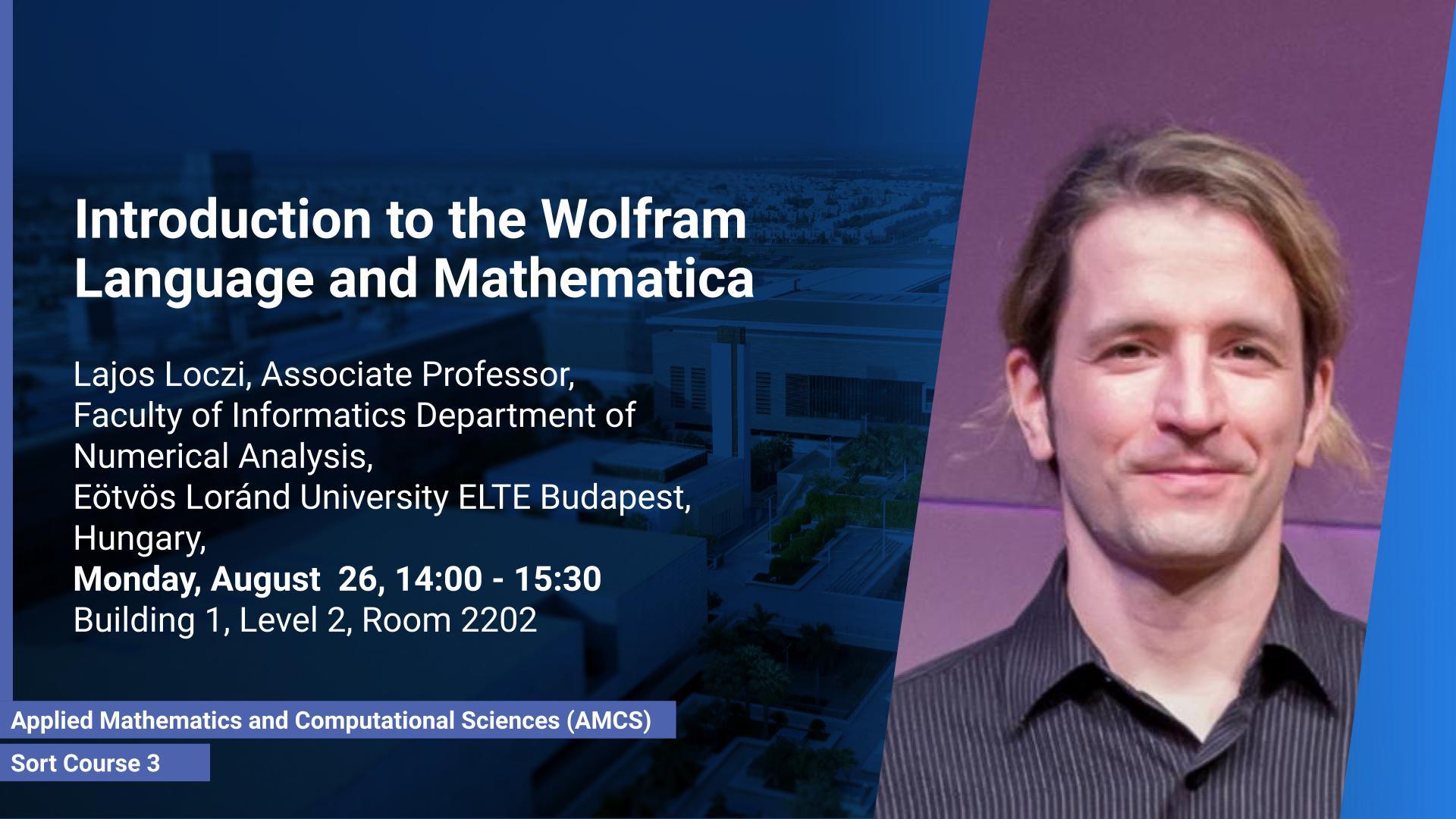Abstract
During the three sessions, we give a general overview of the Wolfram technology stack, which includes Wolfram Mathematica and its underlying language, the Wolfram language. Mathematica was created in 1988 by Stephen Wolfram and it has maintained compatibility since then. The current version of the software contains more than 6300 functions, whose documentation would occupy several ten thousand printed pages. The Wolfram Language is a highly developed knowledge-based language that unifies a broad range of programming styles and uses its unique concept of symbolic programming to add a new level of flexibility to the very programming concept. After discussing the key concepts of the language in Mathematica, we consider numerous examples covering various application areas.
Brief Biography
Lajos Lóczi obtained his PhD in Mathematics and Computer Science and has specialized in numerical analysis, dynamical systems, and differential equations. He has been actively using Mathematica and the Wolfram Language in his research and teaching since 1991. He has been a Wolfram Certified Instructor since 2020.
